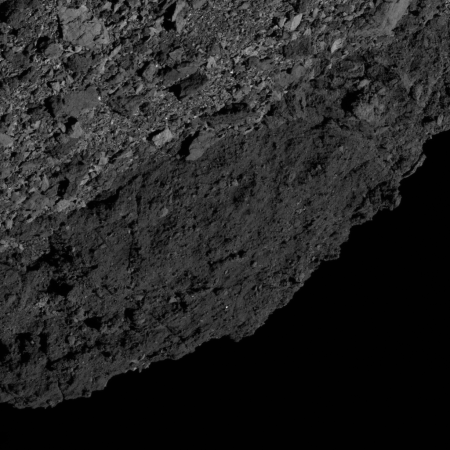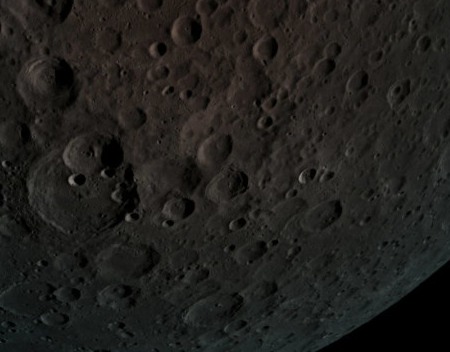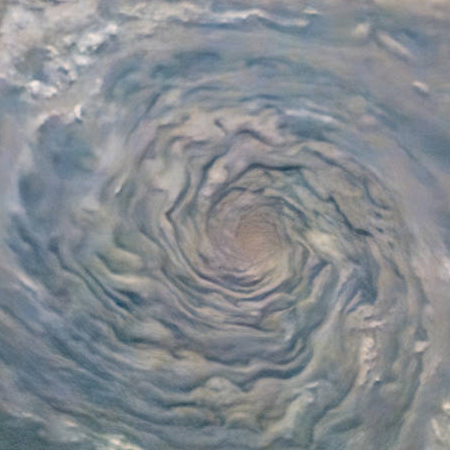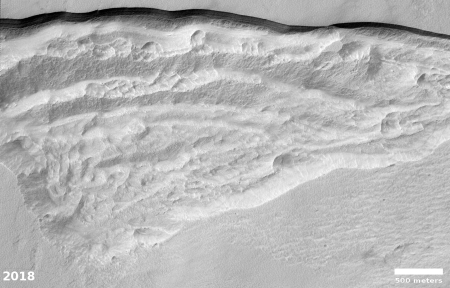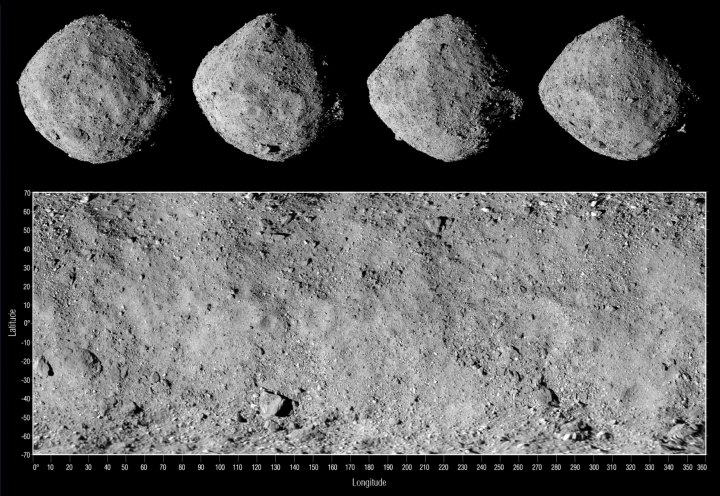Smallsat rocket company Relativity gets its first launch contract
Capitalism in space: The smallsat rocket company Relativity has signed its first launch contract, even though they have yet to complete even one test flight.
Their chief executive nails the importance of this on the head:
In an interview, Tim Ellis, chief executive of Relativity, said the contract is the first customer for the Terran 1 that the company has announced. He said Relativity previously signed a contract with another customer that has yet to be announced.
“What’s really notable about this and why it’s so important for Relativity and the industry is that this is the first time that Telesat, or any major global satellite operator, has selected a completely venture-based aerospace startup for launch services,” Ellis said, noting that the companies had been in extensive discussions prior to announcing this contract. “The credibility of aligning with Telesat we believe is huge for what Relativity is developing.” [emphasis mine]
Their rocket, Terran-1, is not scheduled for its first orbital flight until the end of 2020. Yet, Telesat has given this company a contract. I suspect that contract has a variety of exit clauses, but I also wonder if it gives Telesat some interest in the company in exchange for backing it at this early stage.
Either way, the demand for launch services created by these proposed new smallsat constellations is forcing the satellite companies to make deals that they might never have considered in a less booming market.
Capitalism in space: The smallsat rocket company Relativity has signed its first launch contract, even though they have yet to complete even one test flight.
Their chief executive nails the importance of this on the head:
In an interview, Tim Ellis, chief executive of Relativity, said the contract is the first customer for the Terran 1 that the company has announced. He said Relativity previously signed a contract with another customer that has yet to be announced.
“What’s really notable about this and why it’s so important for Relativity and the industry is that this is the first time that Telesat, or any major global satellite operator, has selected a completely venture-based aerospace startup for launch services,” Ellis said, noting that the companies had been in extensive discussions prior to announcing this contract. “The credibility of aligning with Telesat we believe is huge for what Relativity is developing.” [emphasis mine]
Their rocket, Terran-1, is not scheduled for its first orbital flight until the end of 2020. Yet, Telesat has given this company a contract. I suspect that contract has a variety of exit clauses, but I also wonder if it gives Telesat some interest in the company in exchange for backing it at this early stage.
Either way, the demand for launch services created by these proposed new smallsat constellations is forcing the satellite companies to make deals that they might never have considered in a less booming market.

